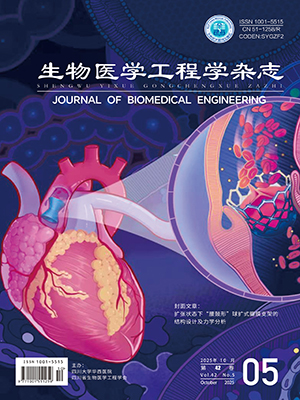We in the present study observed the effect of N-fructose modified chitosan quaternary ammonium derivativeson on rat skin wound healing through animal experiments. Forty rats were randomly divided into eight groups (5 in each group). Four groups among the all 8 groups were the experimental groups, while the other 4 groups were the control groups. Next to the skin along the back of the spine, 1.50 cm×2.00 cm×0.16 cm full-thickness skin was cut to make an excision wound model for every rat. Those in the experimental groups were treated with the N-fructose-modified chitosan quaternary ammonium derivatives ointment dressing the wound, while those in the control groups with sterile medical vaseline processing. We dressed the wounds twice a day to observe the wound healing of all rats in different groups. We then observed the wound healing and wound pathology after 3, 7, 10, 15 days respectively in different groups. Results showed significant differences of the time of wound healing, area of wound healing and volume of wound healing between the experimental groups and control groups (P<0.05). It can be well concluded that N-fructose-modified chitosan quaternary ammonium derivatives does not harm the skin, but could promote skin healing, so that they could be suitable skin repair materials and ideal raw materials for medical dressing.
Citation: YUZhen, ZHANGZhiliang, YINHongping, XIONGWenshuo. Promotion of Rat Skin Healing by Using Natural Polymer Chitosan Derivatives. Journal of Biomedical Engineering, 2014, 31(1): 142-145. doi: 10.7507/1001-5515.20140028 Copy
Copyright © the editorial department of Journal of Biomedical Engineering of West China Medical Publisher. All rights reserved




